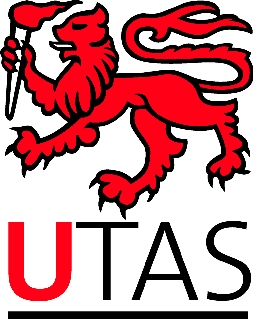
The MIFETM
system
for non-invasive measurement of specific fluxes in solution
near living
plant or animal tissue

 |
The MIFETM
system
|  |
| Home UTas Biophysics Lab Shabala Lab MIFE Research Facility MIFE user group Overview MIFE theory Hardware Software Purchasing |
Ion Fluxes and Membrane Transport - Background Membranes constitute a barrier to free
diffusion of molecules and underlie many essential cell biological
processes
including nutrient acquisition and compartmentation, pH and ionic
homeostasis,
turgor generation, metabolite distribution and waste excretion, energy
transduction and signaling. According to Ward (2001), 43% of over
25,000
protein sequences in the Arabidopsis
genome have at least one transmembrane spanning (TMS) domain with 18%
proteins
having two or more TMS domains
and are thus associated with cellular membranes. Recent
progress in electrophysiology and molecular genetics has revealed the
crucial
role of plasma membrane transporters in perception and signaling in
response to
virtually every known environmental factor (Zimmermann
et al. 1999). In
many organisms, changes in
plasma membrane potential or modulation
of ion flux are amongst the earliest cellular events in response to
light,
temperature, osmotic stress, salinity, hormonal stimuli, elicitors and
mechanical stimulation. For many, if not for all the stresses
mentioned, the receptors involved were suggested to be located at one
of
the cellular membranes. In addition to hosting various receptors
mediating
plant-environment interactions, membrane transporters always act as the
ultimate effectors, enabling plant adaptive responses. Such a central
role of
membranes and membrane transport processes in cellular adaptive
responses to
environmental conditions makes them important targets for genetic
manipulations
aimed to improve tolerance to a particular stress. To enable this,
causal links
between membrane-transport processes and other metabolic or
physiological
processes in the cell need to be understood. Gaining such an
understanding is not an easy task. It is complicated not only by the
large
number of transporters involved (for cations, 46 unique families are
known,
containing approximately 880 members in Arabidopsis;
Maser et al. 2001), but also by the myriad of interactions and
communication
between various transporters and signaling components. Over the last
three
decades, various state-of-the-art molecular and biophysical techniques
(such as
patch-clamp or fluorescence imaging) have been used to reveal some of
these
interactions. However, at the same time, the inevitable consequence of
such invasive approaches was a decrease in the physiological reality of
the
transportersí environment (Tester 1997). There are many reports showing
that
activity of a particular transporter differs dramatically when
expressed in a
heterologous system compared with in situ
conditions. This makes it very difficult [and often even impossible] to
transfer the results obtained by these advanced techniques to real living systems in their natural
habitats. The more advanced our study, the bigger is the gap between
physiologists/molecular biologists and the agronomists interested in
plant
behavior in the field.
|
Maintained by Ian Newman. Date . © University of Tasmania.